Citizen Sleeper 2‘s January 31 release is right around the corner, ending a years-long wait for the follow-up to the acclaimed tabletop-inspired RPG. Among many qualities, Citizen Sleeper resonated with indie game lovers thanks to its use of dice as a far more involved resource than most games. Its unique mechanics posed a fresh challenge for RPG fans, demanding strategic thinking and risk management. It also earned praise for its world and writing, which creator Gareth Damian Marten revealed to Game Rant was inspired by cyberpunk genre pioneers like William Gibson.
In an interview with Game Rant, Citizen Sleeper creator Gareth Damian Marten weighed in on virtually every aspect of Citizen Sleeper 2. They spoke about the delicate balance of the game’s systems, their approaches to class design and player choices, and they offered insight into their design philosophy of “success with consequences.” This interview has been edited for brevity and clarity.
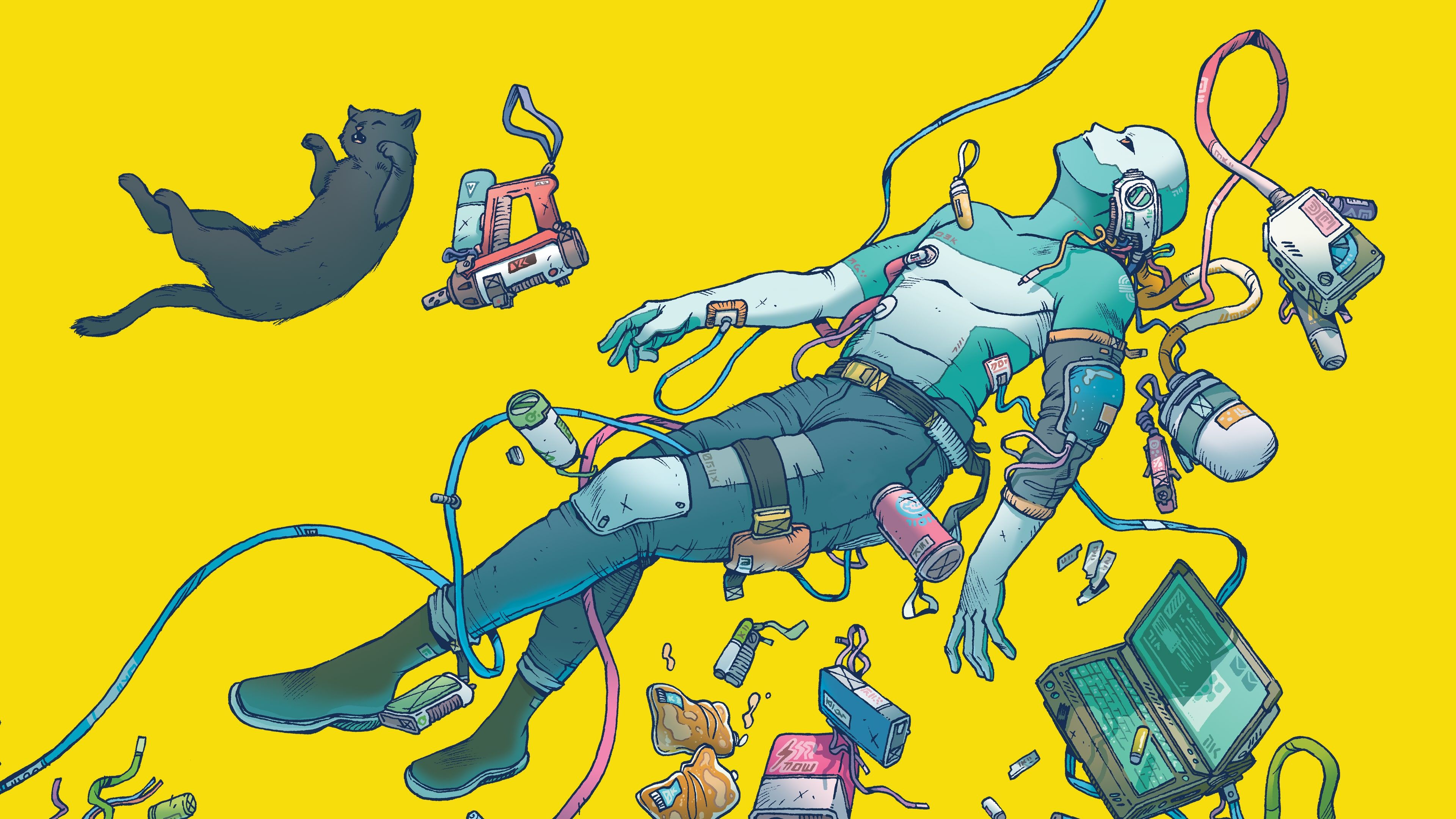
Related
Citizen Sleeper 2: Starward Vector Hands-On Preview
Game Rant gets a hands-on look at the early hours of Citizen Sleeper 2, a highly anticipated sequel to the tabletop-inspired indie RPG.
Citizen Sleeper 2’s Tabletop Inspirations
Q: Citizen Sleeper 2 almost feels like it could translate to a tabletop game. Can you talk about the game’s tabletop inspiration?
A: Citizen Sleeper 1 was my first experiment with bringing some ideas I thought were really successful in tabletop games, especially from Blades in the Dark. I approached it quite tentatively because I wasn’t 100% sure if people would get on board with it.
The first game was kind of an experiment, and it went really well. For the sequel, I thought, “Okay, this is an opportunity to bring in more of these ideas and add a bit more complexity.” I felt like people had given me the go-ahead to really go all out and bring through my favorite concepts from tabletop games.
At the top of the list was a stress system. I love the stress systems in Blades in the Dark, but also in games like Mothership and Heart: The City Beneath, which I’ve been running recently. Those systems generate so much tension and excitement, and I really wanted to bring that feeling into a game space for people who haven’t had the chance to experience it.
Q: Citizen Sleeper 2 features a delicately balanced mix of time and resource management. Did you find it difficult to balance the game’s moving parts?
A: Balance is always a challenge, especially in a game where you’ve got five dice, but the player could have any number of dice broken, or they could be with crew members or without. There’s so much randomness and variability built into the game that it’s almost unbalanceable to some extent. Instead of trying to perfectly balance everything, we focus on ways to control the balance.
For example, the stress system is very unpredictable, but it invites the player to push the edge of their comfort zone. That naturally creates a kind of balance. Even if a contract is going well, the system might encourage you to push further—be more reckless with your low rolls and build up stress. Then, when you reach a certain stress level, you’ll start thinking, “Oh, I’m getting scared now. I need to calm down.” That dynamic happens at every skill and difficulty level, and players essentially end up setting their own balance through their choices.
There’s also a huge variance in outcomes. For instance, you could succeed in a contract and take additional resources from it, but sometimes you’ll spend so much time and effort that it might not even feel worth it. Conversely, you could fail a contract but do it efficiently, and everything in between. The system allows players to define their own objectives and balance, and that was a really exciting discovery for me during development.
It still surprises me when I play, especially on the hardest difficulty. That’s the only mode where I’m really forced to think, even though I know the game so well. But even then, I still back myself into corners by accident or get caught in death spirals. It’s challenging—but fun!
Q: On that note, “death spirals” and failure are a big part of tabletop gaming and games that involve dice rolls. How do you approach the concept of failure so that it doesn’t necessarily lock players out of content or interesting outcomes?
A: One of the things I set up in Citizen Sleeper 1 was that the game doesn’t really have a “game over.” It’s only in the hardest difficulty of Citizen Sleeper 2—where permadeath is introduced—that you can actually get a game over. Because of that, I have to always roll with what’s happening with the player.
We also have a very aggressive auto-save system. Players can’t keep multiple saves or reload to avoid outcomes. All of this means I need the player to trust me. I make sure that whether there’s a failure or even a success, there’s always an interesting wrinkle or complication. It’s never a clean resolution; there’s a lot of nuance to that.
That’s a really important part of the game’s philosophy. From playing tabletop games, I observed that the best moments often come out of complications—not necessarily outright failures, but situations where there’s success with a consequence. I’m a big fan of that idea, and I’ve tried to build it into the game.
I also want to give players the sense that, even when they succeed, it’s a complex situation they have to navigate. The goal is to challenge players in both failure and success. It’s not just failure that’s interesting or success that’s interesting—both throw interesting curveballs.
Q: Were there any lessons learned from Citizen Sleeper 1 that you applied the second time around?
A: Yeah, definitely. The whole game is built on a lot of the responses to Citizen Sleeper 1. For example, I know that some players—not a huge number, but a certain group—felt that the difficulty curve didn’t really adapt as they played. The longer they played, the more powerful they became, and the game didn’t challenge them as much.
That’s something I thought about a lot when designing Citizen Sleeper 2. Its structure, especially the contract system, means that while players can get powerful, there isn’t just one way to do so. There are lots of different approaches. For instance, you might focus on using your Push effectively, or you might focus on recovering quickly so you can generate a lot of money. There’s no single way to “beat” the game.
Even if you accumulate a lot of money, there’s a limit—it won’t fundamentally affect your ability to complete a contract at higher levels. You might specialize in certain areas, but there will always be things you’re not good at. We leaned into that idea by making the character classes much more distinct in this game.
Each character has one skill they’re just not good at, but to balance that, every class also has a unique Push ability. This lets players engage in a bit of build crafting, configuring their Push to suit their playstyle and strategy.
These complexities came directly from player feedback on Citizen Sleeper 1. People loved the game but wanted more mechanical depth, and I was more than happy to deliver that in the sequel.
Q: Speaking of build crafting, what was your approach to Citizen Sleeper 2’s various classes and developing the game around their capabilities?
A: I think the big decision I made this time was to move away from the passive upgrades in Citizen Sleeper 1. Those upgrades led to a kind of gameplay I’m not a big fan of, where you become more powerful without really doing anything—you just get extra bonuses across the board. I think that approach came from being a bit inexperienced in designing those systems at the time.
For Citizen Sleeper 2, I took a closer look at the upgrades and decided I wanted them to focus on active skills. Even if you upgrade far along a tree, you still need to know how to use those skills effectively. You can also configure the upgrades in multiple ways, especially the Push system, which can be combined into different setups. My goal was to involve the player more in their upgrade process—so they’re not just passively improving, but actively excited about what their upgrades allow them to do. I want players to think, “I really want this upgrade because it’ll let me do this specific thing or I can use this tactic I’ve developed when I get it.”
The shift to active upgrades also ties into role-playing, which was something I really wanted to emphasize. Each character class has a Push ability that reflects their playstyle and personality type. For example, the Machinist is designed to be a character who isn’t particularly socially competent but excels at focusing on individual tasks. Their ability allows them to boost a die, and if they get a good outcome, they earn bonuses from that. It creates this sense of the Machinist being someone who zeroes in on a key task, knowing that nailing it can turn the tide in their favor.
That’s completely different from the Extractor, whose Push abilities revolve around supporting the crew—giving them better dice, reducing their stress, and increasing their uptime. These differences not only change how players approach the game tactically but also influence how they perceive their character and their personality.
Q: On the narrative side, do you feel that the choice of class may have a significant impact on what players experience?
A: Yeah, I think they might. One of the ways I wanted to encourage that was by adding skill checks to the game, particularly in the dialogue scenes. The main reason for including those skill checks was to give players who chose a particular class the chance to really express that class.
For example, if you’re playing a tough character and there’s a skill check like, Hey, someone’s getting mugged over there—are you going to hang back and wait it out, or are you going to jump in? If your class aligns with that kind of bold action, you’ll have a much higher chance of success. That’s meant to incentivize players to think, “Yeah, that’s me. I’m the kind of person who gets into the situation and sees what happens.”
I do think there’ll be moments where players feel their class and personality really come through in those interactions—or at least that’s the hope.
Q: Looking back at Citizen Sleeper 1, where there certain things you really wanted to preserve? Things that encapsulated the CItizen Sleeper identity?
A: Definitely. A big part of making a sequel was holding onto the things I really loved about the first game. One of those was the very human approach to sci-fi—especially the rich variety of characters you meet. Each of them has their own quirks and qualities, and you get to be a part of their story. That felt really important to carry forward.
Another key element was the experience of being a Sleeper. It’s a character with a strong interior voice, where you’re not just reacting to things but also reflecting on your thoughts. There’s a lot of internal discussion and exploration of both the player’s emotions and the Sleeper’s emotions. That depth felt really essential to the game.
I wanted to preserve that feeling of being in the Sleeper’s head, while also maintaining the very human, grounded level of storytelling happening all around you.
Q: Citizen Sleeper and Citizen Sleeper 2 have very strong writing styles. What was your inspiration for the writing?
A: What I really love about using full prose—descriptive prose—in the game is that it gives characters a rich interior life that’s hard to achieve without that style of writing. It’s not just about dialogue; it’s about the emotional and descriptive elements that add depth.
A big inspiration for me was the work of William Gibson. Gibson has this incredibly strong voice and a rapid, dynamic style. He moves quickly through scenes but always zooms in on these amazing little details—like he might describe the scratches on a bar where someone’s sitting, but he won’t describe everything else in the bar. That ability to focus on these tiny, visceral details really stuck with me and was something I aimed for in the game.
I know people often associate reading in games with being boring or slow, and I wanted to challenge that. My goal was to draw on a writing style that immediately engages the player, bringing in lots of rich, visceral details while avoiding getting bogged down in too much description. It’s about keeping things moving, keeping the characters alive, and making sure the writing feels dynamic and engaging.
Q: I love that you mentioned William Gibson. Neuromancer is one of my favorite novels, and I was thinking about it when I wrote that question.
A: I love Neuromancer too. It’s such a great book. I think Gibson is often credited with defining cyberpunk, but his take on it is very particular and different from other cyberpunk writers. He has a really unique style and voice that I really admire. There’s something about the way he writes that sets him apart from others in the genre.
Q: Citizen Sleeper 2’s gameplay and world open up more as the game progresses. How does the experience for a player’s Cycle later in the game differ from earlier on?
A: As you progress through the game, you might start to shift your focus away from the immediate survival elements. At the beginning, you’re often struggling for money or trying to repair things after a contract. As the game unfolds, I want players to begin focusing more on their bigger goals. The story progresses in a way that’s very immediate at first, but later on, you become much more concerned with what’s happening in the narrative and with the characters, rather than the day-to-day grind.
What’s fun about the system, especially in Citizen Sleeper 2, is that it has a lot of layers. With the glitch, the broken dice, and the stress system, it’s easy to overlook things and quickly find yourself in a tough situation. So, even in the late game, there are opportunities for me to challenge the player by putting them in difficult circumstances, sometimes humbling them a bit. They’ll have to pick themselves up, learn how to recover, and then get back into the story.
Q: Just in the first few hours, I feel like I dodged a few instances that could have pushed me down a very different path. How drastically can circumstances differ between two players later in the game?
A: It really depends on the level we’re talking about, because there are narrative branches, but also the player’s setup plays a big role—things like how many broken dice they have, what glitch they’re dealing with, and what resources they’ve accumulated. Different resources in the game are designed for specific uses, so, for example, if you have a lot of data, you’ll often find yourself heading to places where you can sell it. On the other hand, if you’ve focused on collecting scrap, you’ll be using that differently.
So, mechanically, there are a lot of ways the game branches. In terms of the story, it’s not like there are wildly different directions you can take, but there are definitely significant moments. Since Citizen Sleeper 2 is a solo-developed game with 250,000 words (which is a lot for one person, though still small compared to something like Baldur’s Gate 3), I can’t offer the same kind of broad branching that a large team might.
However, there are fundamental elements in Citizen Sleeper 2 that I really focused on, especially around the characters. What characters you have on your crew and what stories those crew members open up to you are key. Taking care of certain characters on specific jobs, or failing or succeeding at contracts, will significantly affect the game.
I don’t think players will have radically different experiences, but I want them to have their own unique story. I want them to play through the game and think, “That’s when things got really tough, but then I managed to bounce back, and then this happened.”
The goal is for the game to act as a storytelling engine, where a lot of the narrative unfolds through the mechanics as well as the scenes I’ve written.
Q: How did you approach Citizen Sleeper 2’s overall plot? Were you trying to contrast with Citizen Sleeper 1, or was there a certain story you wanted to tell?
A: From the very beginning, I had a clear idea that I wanted the game to start with you being abruptly woken up in the middle of a reboot. I had this scene in my mind for quite a while because I wanted the beginning to have a real sense of change—like, things are different now. You don’t depend on the stabilizer anymore, your body is changing, and there’s this person telling you he’s your friend, but you don’t know him.
I wanted Citizen Sleeper 2 to kick off with a lot of energy, throwing the player straight into the story. In contrast to Citizen Sleeper 1, which has a slower, more exploratory start, I wanted to take advantage of it being a sequel to give the player that immediate pace and urgency.
When I was writing the game, I didn’t have a perfectly clear structure or end goal in mind. It was more about following the energy of that initial “we’re on the run” feeling. I thought, “Where could we run to next?” and “What would happen in these places?” I asked myself, “What could change the minds of these characters to make them fight back?” and so on. The process was really exploratory, and honestly, there were times when I wasn’t sure how it was going to end.
But as I kept going, things started to fall into place. By the time I reached the end, I realized the plot was naturally unfolding in the way I had hoped. Originally, I had some ideas about how I wanted to handle the endings, but halfway through development, I completely changed my approach—and I’m really happy with how it turned out. It feels like the ending fits the game perfectly.
Q: Were there any moments during development where you tried a feature that wound up being a mess? On the other side, how about a happy accident?
A: There were definitely points where the game became too overloaded with stress bars. For example, at one point, the ship had its own stress, individual parts of the ship had stress, and then the contracts and the characters all had their own stress. It started to feel overwhelming for players to manage when things went over the stress limit. That was something I had to adjust as we went along.
On the flip side, one of the happiest accidents was the addition of the little box that the crew makes when you interact with them. I discovered this while I was first showing the game to the press. I found myself narrating what the characters were feeling during a hands-off presentation. I’d say something like, “I’m going to use Juni for this,” but then I realized she wouldn’t actually like that because she’s more of a hacker and doesn’t want to cut open a door with a torch. That moment made me realize that the crew weren’t just resources—they had opinions and personalities.
So, I quickly added a feature that allowed the crew to comment on the tasks and contracts you were doing. It didn’t take too long, just a few days of work, but once I got it in, it really clicked. The characters felt alive in the game. They weren’t just completing tasks—they were part of the story, offering their thoughts and reactions. This brought a whole new layer of emergent storytelling to the game, as you’d sometimes get funny or unexpected combinations of what the crew said and what was happening in the narrative. It really energized the experience, and I’m really glad I added that element.
Q: It’s fun to know that that feature was a happy accident. I thought it was a great touch to have characters weigh in on tasks, like “Wait a minute, I’m no good at that.”
A: What’s funny is that the different characters react in their own ways. Some characters will aggressively refuse to take on tasks that aren’t suited to them, while others will trust you enough to give things a shot, even if it’s something they’re not great at. It creates these fun little moments where you can express who these characters are, just by how they react to being put into situations outside their usual skill set. It’s a really great way to showcase their personalities.
Q: How did you approach Citizen Sleeper 2 as a sequel? Did you want it to be self-contained, or is it important to play the first game?
A: The game was definitely built with the idea that it could stand on its own. One of the things that was really important to me was creating a time skip between the two games. I wanted players to feel that if they played the original as a prequel, they’d still get that sense of recognition, like, “Oh, I remember this character, and here’s how they’re connected.” Even though there are strong connections between the two games, those connections are more like little Easter eggs—nice moments that reward players who know the backstory, but they’re not essential to the core of the story.
For example, if you know something about a character, you might choose to take them on a particular contract to see how they react, and you’ll get some interesting reactions from that. It’s about feeding in secrets and little moments for the players, so you can play them in either order. I’m curious to see how players feel about playing Citizen Sleeper 1 after Citizen Sleeper 2, especially in terms of how they view the characters when playing the story as a prequel instead of a sequel.
What Citizen Sleeper 2 Is About
Q: Both Citizen Sleeper games are thought-provoking stories that touch on a lot of important topics. In your mind, what is Citizen Sleeper “about?” What do you hope players think about when they step away from these games?
A: There are a few things I think are core to Citizen Sleeper. One of them is the way we explore the relationship with our bodies, particularly through the Sleeper character. In Citizen Sleeper 2, the theme of entropy is a big part of that. The game deals with the idea that all bodies—Sleeper bodies and our own—are falling apart over time. It’s something we all have to come to terms with and find our own way of relating to. I wanted to create a space where players could reflect on that idea, in a way that’s removed from their own lives, hopefully encouraging a bit of discussion without causing too much distress.
Another core theme of Citizen Sleeper is this tension between being an individual in a larger system and the feeling of powerlessness. But within that larger system, we also have the ability to affect those around us and to create meaningful experiences. This tension—between feeling small within a larger system and still being able to make a meaningful impact—feels especially relevant today, as we navigate complex systems that seem to impact every part of our lives. What I wanted was not to present a specific way of thinking about it, but to create a game that explores that emotional experience: feeling powerless in some ways, but deeply connected to the people around us.
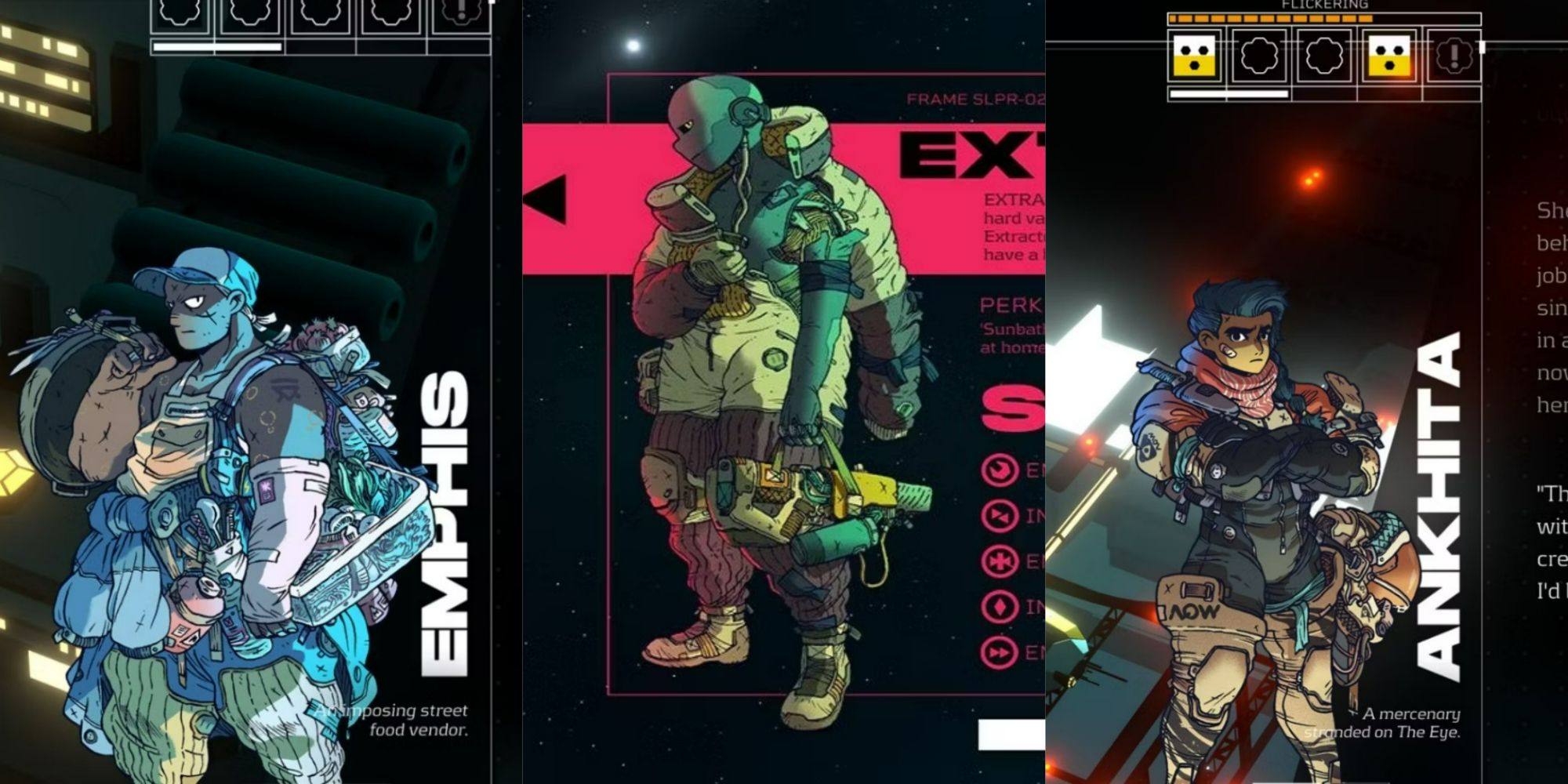
Related
Citizen Sleeper: 7 Similarities The Game Shares With Tabletop RPGs
Citizen Sleeper shares a lot of similarities with tabletop RPGs that are hard to miss. These examples are the proof.
Q: There are so many potential decision paths when a player walks into a bar, for example. How do you decide which decisions to present to players and the impact they can have in a situation?
A: For me, there are different kinds of decisions in a game, and it’s about respecting those decisions in different ways. For example, many of the decisions in Citizen Sleeper are what I think of as “expressive decisions,” where the player doesn’t need a huge amount of feedback because they’re just trying to express who their character is or how they feel about the person they’re talking to. These decisions can be frequent because the feedback required is relatively small.
On the other end of the spectrum, there are the big, meaningful decisions—like whether to leave someone behind or side with one faction over another. These decisions are much more impactful, and you can’t have too many of them, because each one requires significant respect and content around it to do it justice. It becomes about finding the right moments where one of those big decisions will really lead to something meaningful for the player.
A lot of it also comes down to trying to get into the player’s mindset. I think, “Is there an opportunity here for a different path that I can imagine someone wanting?” I don’t ever want the player to feel like, “I wanted to do something, but the game didn’t let me.” That’s a really hard balance to achieve because you can’t offer every possible decision. But through the way you set up a situation and narrate it, you can signal to the player that they’ll have a meaningful choice here.
One thing I strongly dislike in games is the concept of a “bad ending.” I think it’s unfair for a player who has invested the same amount of time as anyone else to get a bad ending just because they made one choice at the end. It leaves a sour taste. So, for me, I avoid offering bad endings, though sometimes I hold back a decision because I know there’s no “good” ending in that direction. But I try to respect the player’s choices and ensure that, whether they go one way or another, there’s something interesting at the end of each branch.
Q: As a solo developer, you’re probably under a lot of pressure and stress, but do you feel like there are also strong advantages?
A: 100%, I love working solo. I really enjoy this way of working, even though it’s a lot of pressure and stress. But the more I make games, the better I get at spotting efficiencies and finding ways to take the weight off certain things. It’s a fun challenge. I’ve always been a big fan of the feeling of “punching up,” you know, challenging bigger entities. It’s a really fun game. In the games industry, for solo developers, it’s incredibly satisfying. I mean, I have a Dice nominations plaque on my shelf where Citizen Sleeper is nominated for Best RPG alongside games like World of Warcraft and others. And I really enjoy that process—not because I think it makes me important, but because it shows that games are about more than just spending as much money as possible or making them as big as possible.
It’s a unique aspect of games—solo developers going up against massive companies. I think it’s one of the most extreme versions of that idea in any medium. You don’t see it as much in film, for example, with one person competing against huge studios. And I love that about games. It allows me to create things and gives me opportunities I wouldn’t have otherwise. I think it also helps Citizen Sleeper be good. The game is good because it’s a solo project. It’s easier for me to make something coherent, human, emotional, and affecting, because I’m a person too. When I put my own emotions and thoughts into it, it resonates with others. If I were part of a team of 10 writers, it would be much harder to make something that feels natural, human, and consistent across the board.
I really feel for larger studios sometimes, because I think their job must be incredibly difficult trying to achieve those same goals with bigger teams. Yeah, I love working solo.
Q: It must feel great when people mistake you for a fully-staffed team.
A: It’s really great. I also really enjoy working with collaborators who bring fresh perspectives. For example, Amos, who does the music, and Guillaume, who does the character designs. They work outside the game and in their own mediums, and it’s always a nice boost to the project. When I get a new character design, for instance, and I put it in the game, it drives the project forward in a really nice way. Those moments of collaboration give the project an adrenaline boost and help elevate it.
Making Citizen Sleeper 2’s Art and Music
Q: Speaking of that, can you talk about Citizen Sleeper 2’s art style? How did you land on the overall visual and sonic qualities?
A: I think a lot of these elements were established in Citizen Sleeper 1, and the fun part of making a sequel in a new, broader setting was applying that same logic to the art and music. For example, with the character designs, we no longer have everyone living on the same space station, so the characters can have very different clothes, styles, and personalities, representing the variety of people who flow through the belt and take different journeys.
A great example is Darkside, the area with all the solar reflectors. It gathers so much heat that everyone there wears very few clothes, because they’re basically baking in the city. That was an important detail for us.
I’ve been working with Guillaume, who does the character designs, for a long time now. He’s super skilled, especially with his comic book background, and he’s really good at producing to brief. I usually gather reference material from things I think are cool and send it to him, along with a bit of text. Since Guillaume’s English isn’t perfect, we often communicate through images and references. We’ve been collaborating for five years, so we’ve developed a really natural language. I trust him to know what fits within the Citizen Sleeper world, and his designs bring a lot of detail, but never feel out of place.
With Amos, who does the music, we wanted to open up the sonic space of Citizen Sleeper more than in the original. The music has a similar feel, but we brought in more beats and focused on creating more tension for the contracts. One reference point we talked a lot about was the soundtrack for Metroid Prime. We loved how it balances ambience and tension, so we tried to bring some of that into the soundtrack.
For the contracts, we used a looping track system, rather than the emotional radio system we used in the first game, where the music changed based on the player’s emotional state. With the contracts, the music loops continuously, and we were inspired by games like Metroid, where the music doesn’t stop but creates tension.
That emotional radio system from the first game worked so well that we decided to keep it for the sequel, even though we discussed building on it. If something’s working, there’s no need to fix it.
Q: The music on contracts almost feels dynamic, like it’s reacting to events during the contract.
A: This is the beauty of Amos’ music. He’s spoken about this before, but he’s really skilled at writing what he calls “emotionally agnostic” music. It’s music that implies a lot of emotion, but it doesn’t have a very specific feeling, like “oh, this is definitely a sad track” or “this is a happy track.” There’s always a subtle balance, a kind of muddiness to the emotion in his music, and he’s gotten really good at it.
For the contract music, Amos goes through different phases, but these phases feel very natural. A track will have tense parts, but also more relaxed sections, which helps create space for emergent storytelling. The idea is to let the player’s mind make connections between the music and what’s happening in the game. It’s almost impossible for us to account for every possible scenario, so instead, we make the music open and flexible in a way that allows the player to fill in the emotional gaps themselves.
Q: What did you feel was the most challenging aspect of Citizen Sleeper 2 to work on?
A: I think the most challenging thing was really just the sheer volume of material needed when you commit to a game like this. It’s kind of scary when you think about it. I’ve got a map of the game on my wall. Early on, I drew this map and thought, “Okay, I need a certain number of locations for this game to work.” I suddenly realized I needed about 10 hub locations. Then I had to ask myself how many contracts each hub would need. And before I knew it, the math got crazy.
When you commit to creating an experience where players can travel around and have different experiences in all kinds of places, it all multiplies. Every decision adds more, and suddenly everything gets stacked up. That was definitely a huge challenge—just producing the volume of material required.
In the end, I decided to focus on quality over quantity. I could have added more contracts, but I felt like if they weren’t telling specific stories, they would be more like filler. Things like, “Go to the ship and collect some random stuff,” which didn’t feel right for the spirit of the game.
Early on, I experimented with ideas like procedural contracts, but I realized that the core of Citizen Sleeper was having a really strong, authored experience. I don’t think indie games are usually bad for lacking content—it’s the quality that really matters. So I decided to make sure everything in the game met the quality players would expect.
Balancing volume and quality as a solo developer on a game of this scale was a real challenge, and I don’t know if I’d try to create what is essentially an open-world RPG again as a solo developer. But it was a really interesting process.
Q: I think it can encourage players to engage in content when they know the missions aren’t just randomly generated.
A: I think one of the ways I made that decision was by thinking about some of the reference points for the game, like Cowboy Bebop and Firefly, which are both about crew and ship stories. If you watch Firefly, there are only, what, 14 episodes? When you watch those, you don’t think you’ve seen every single job that crew did. They probably did a lot of boring jobs or side jobs, but we don’t need to see them. They’re all implied by the more interesting, bigger stories in the episodes.
So I thought, “Okay, let’s try to shape it like that.” Let’s imply that there are other jobs and other things happening in the world, but we’re just focusing on these key moments. That became an important touchstone for me.
Q: Any last thoughts you’d like to share or something we didn’t cover?
A: It was a super comprehensive set of questions, really. I’m just really excited that it connected with you. I’m genuinely excited to see people play it. I still think of game-making as a long-term GM process. When you’re a GM, you live for the feedback from your players—when they react to a moment, like when a character comes back or when something unexpected happens. So, I’m just waiting to see people have those moments. I’m really looking forward to it.
[END]
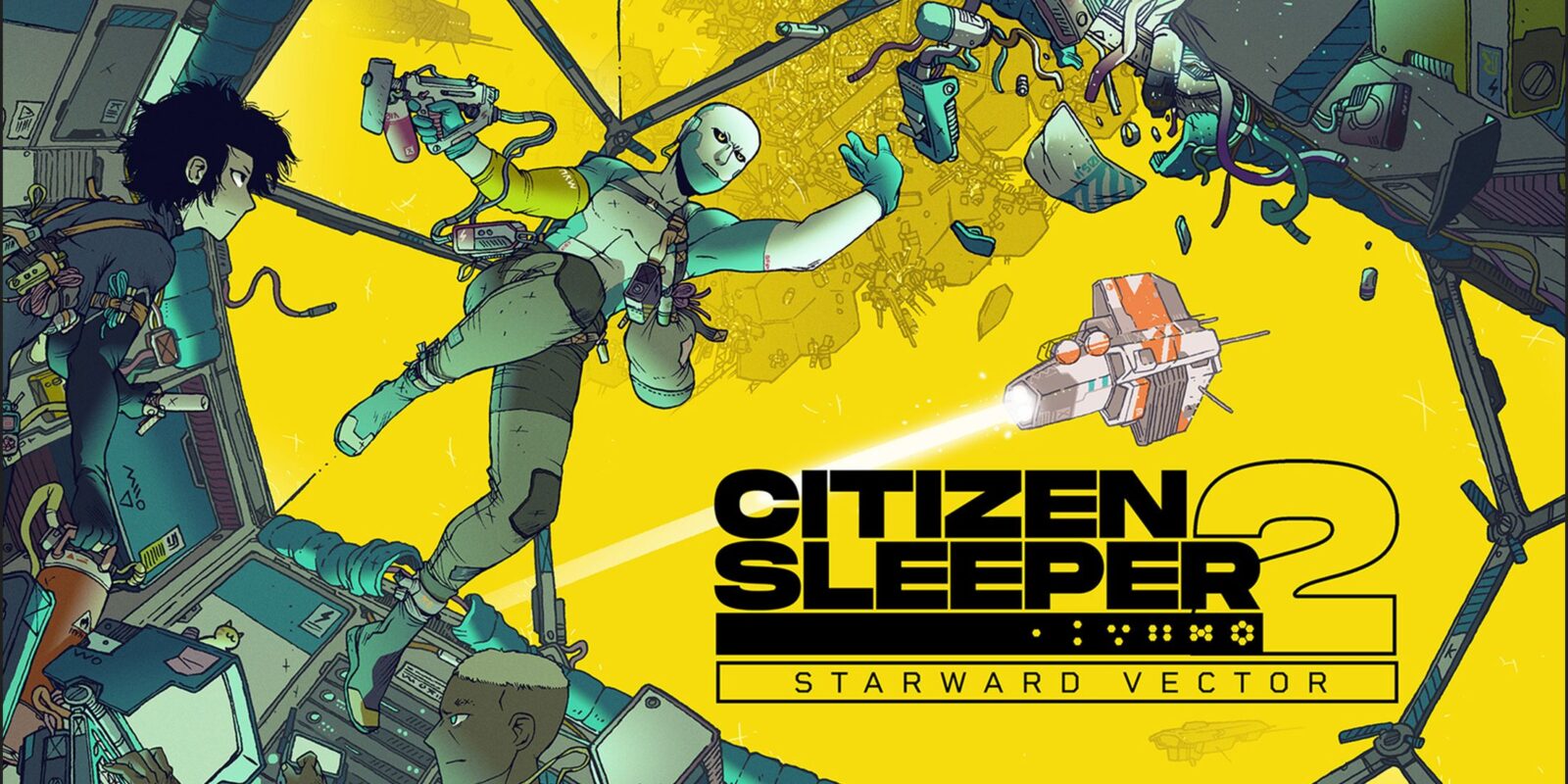
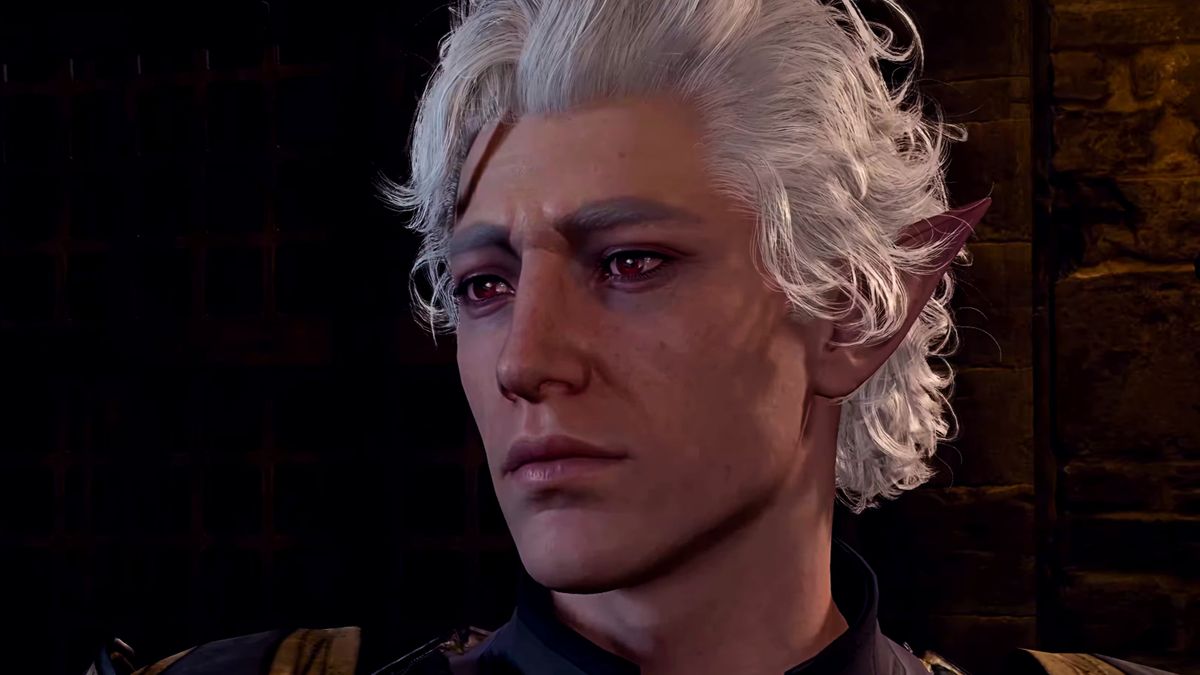
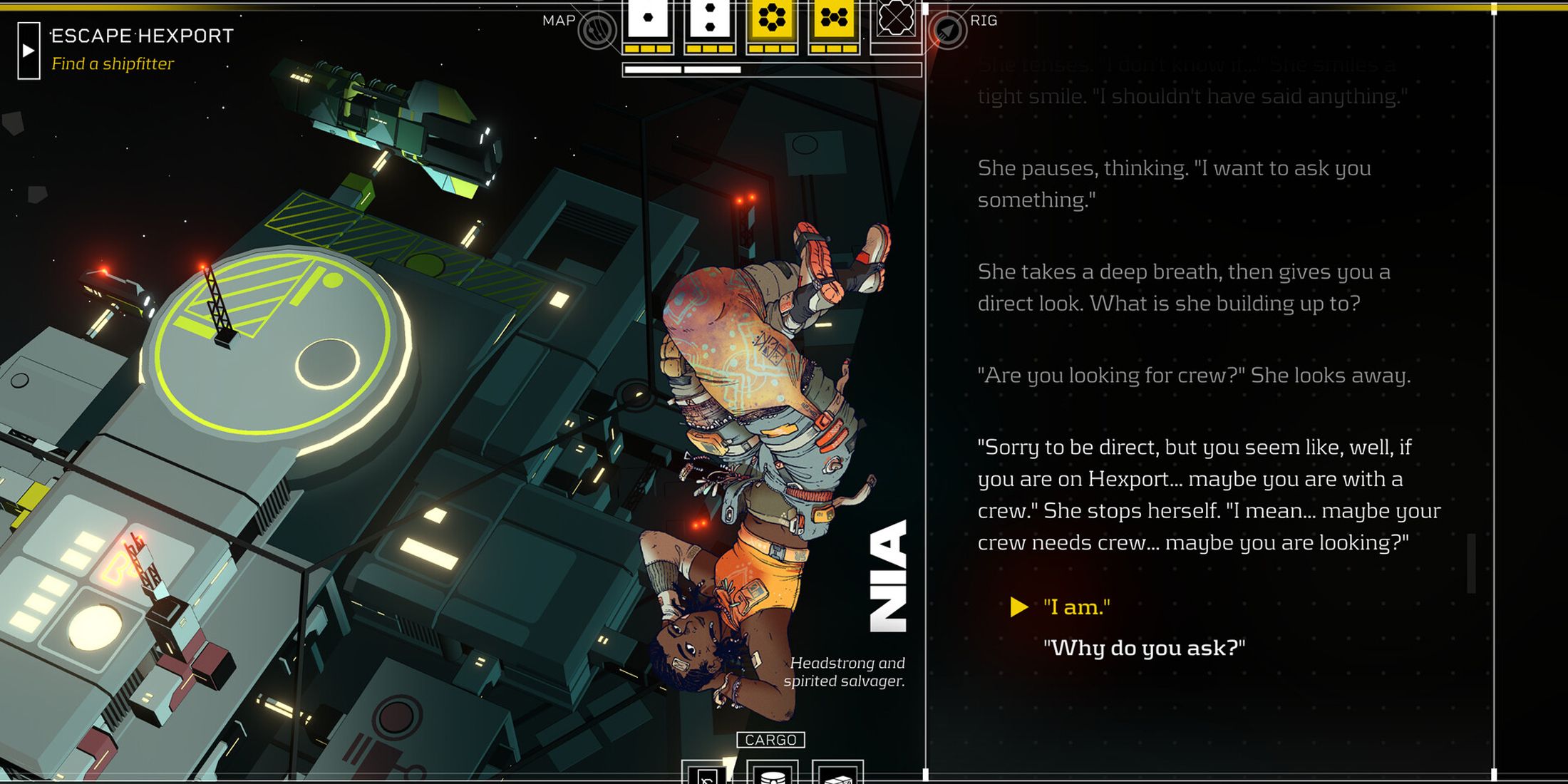
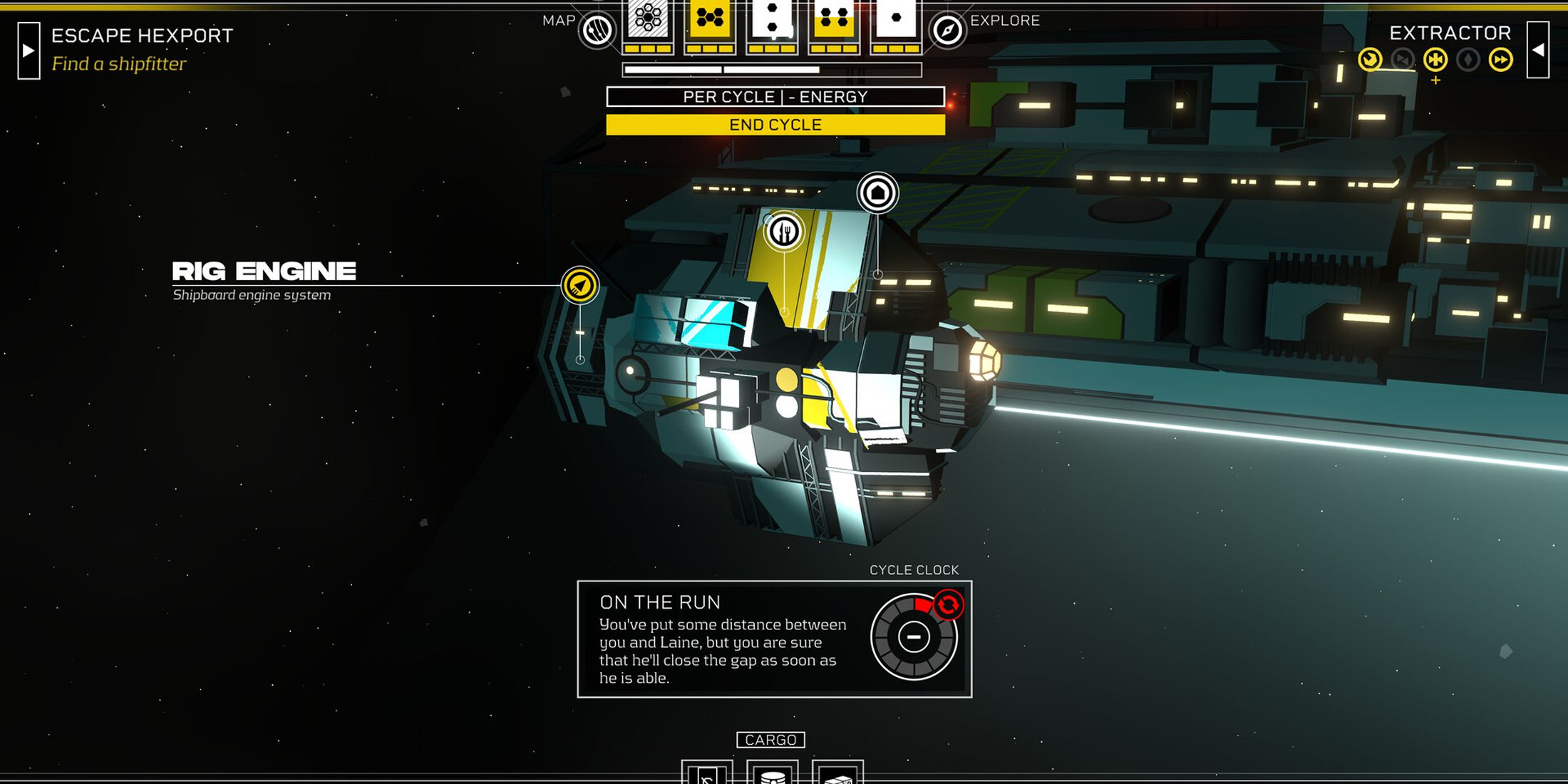
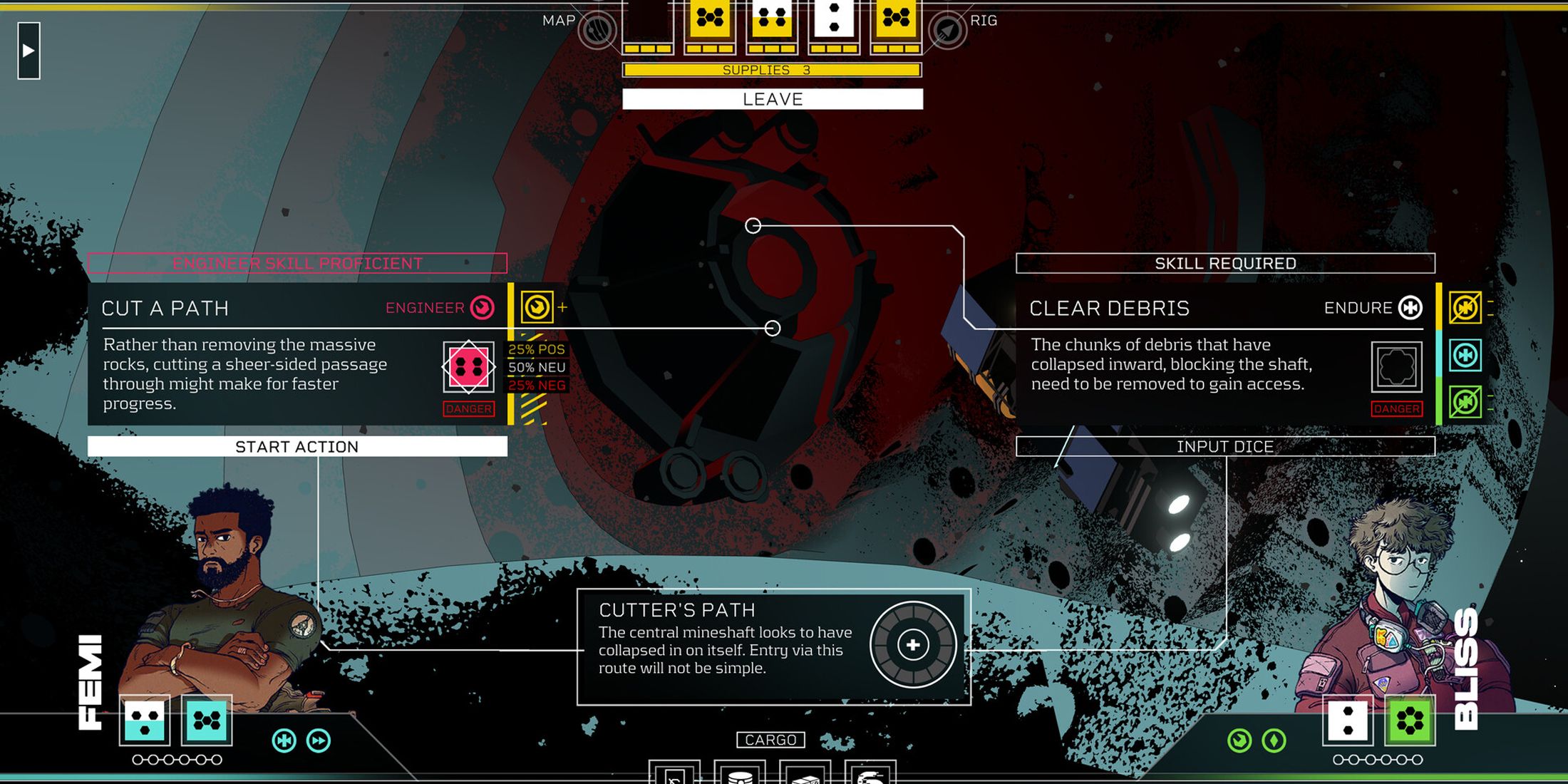
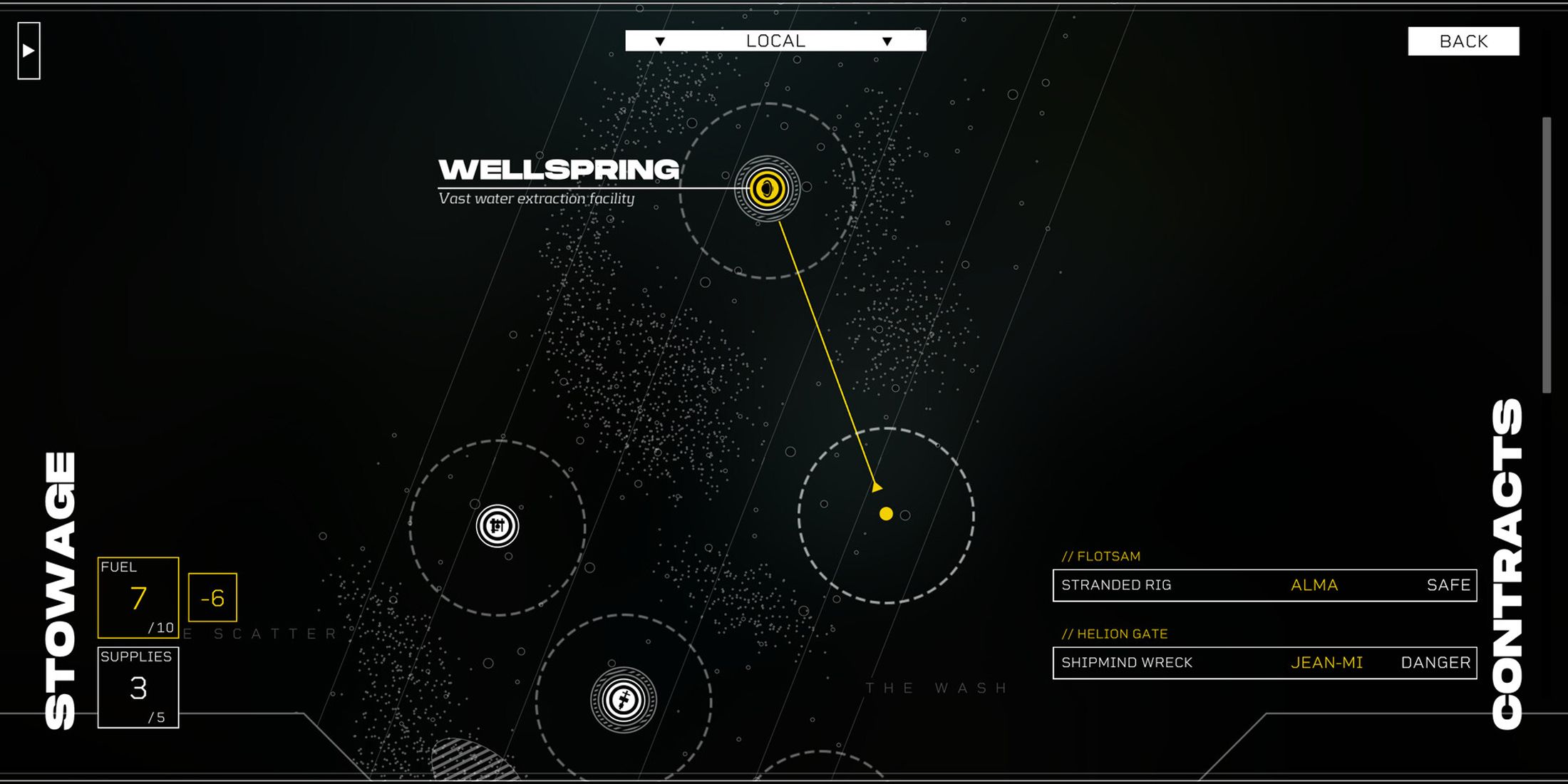
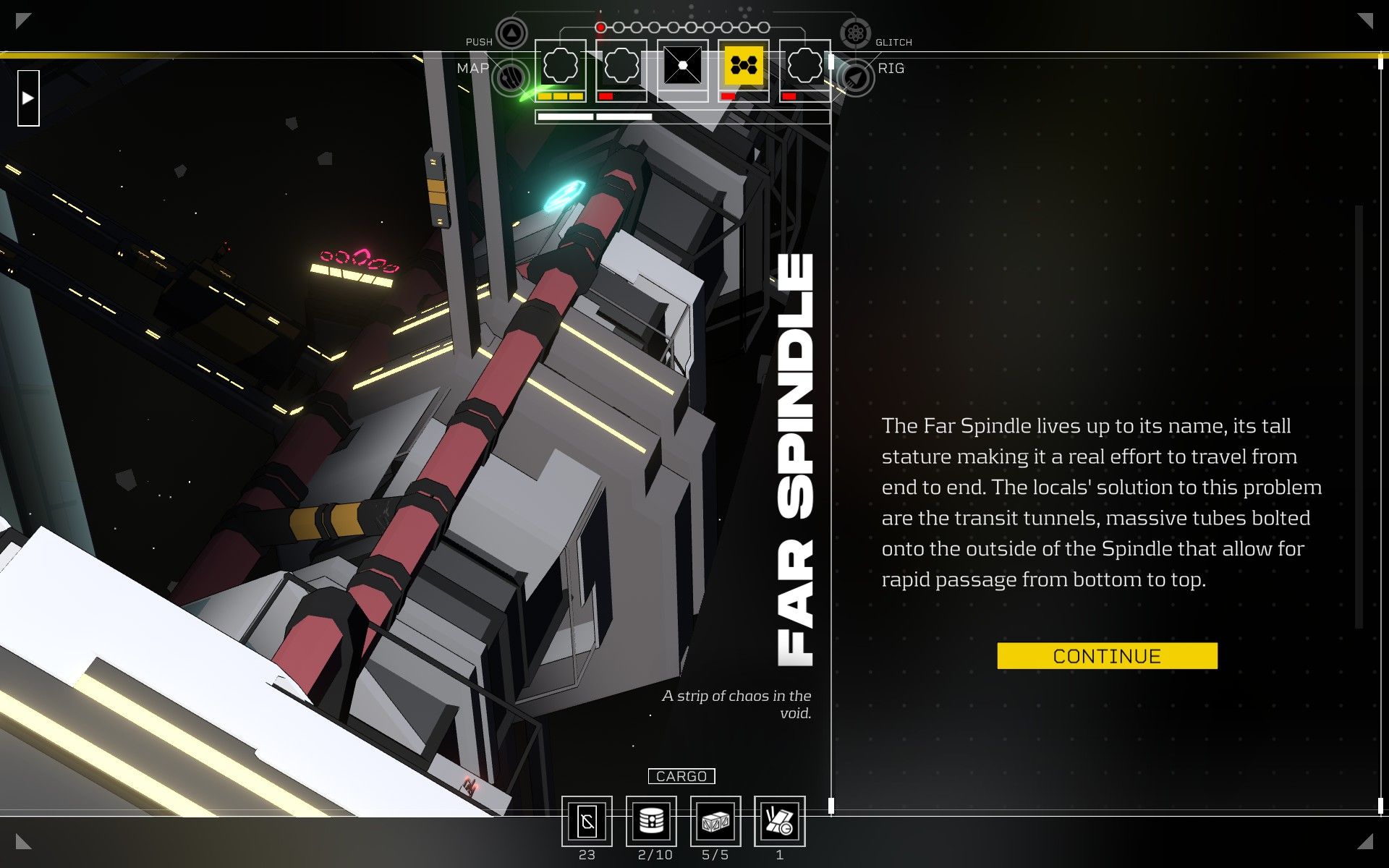
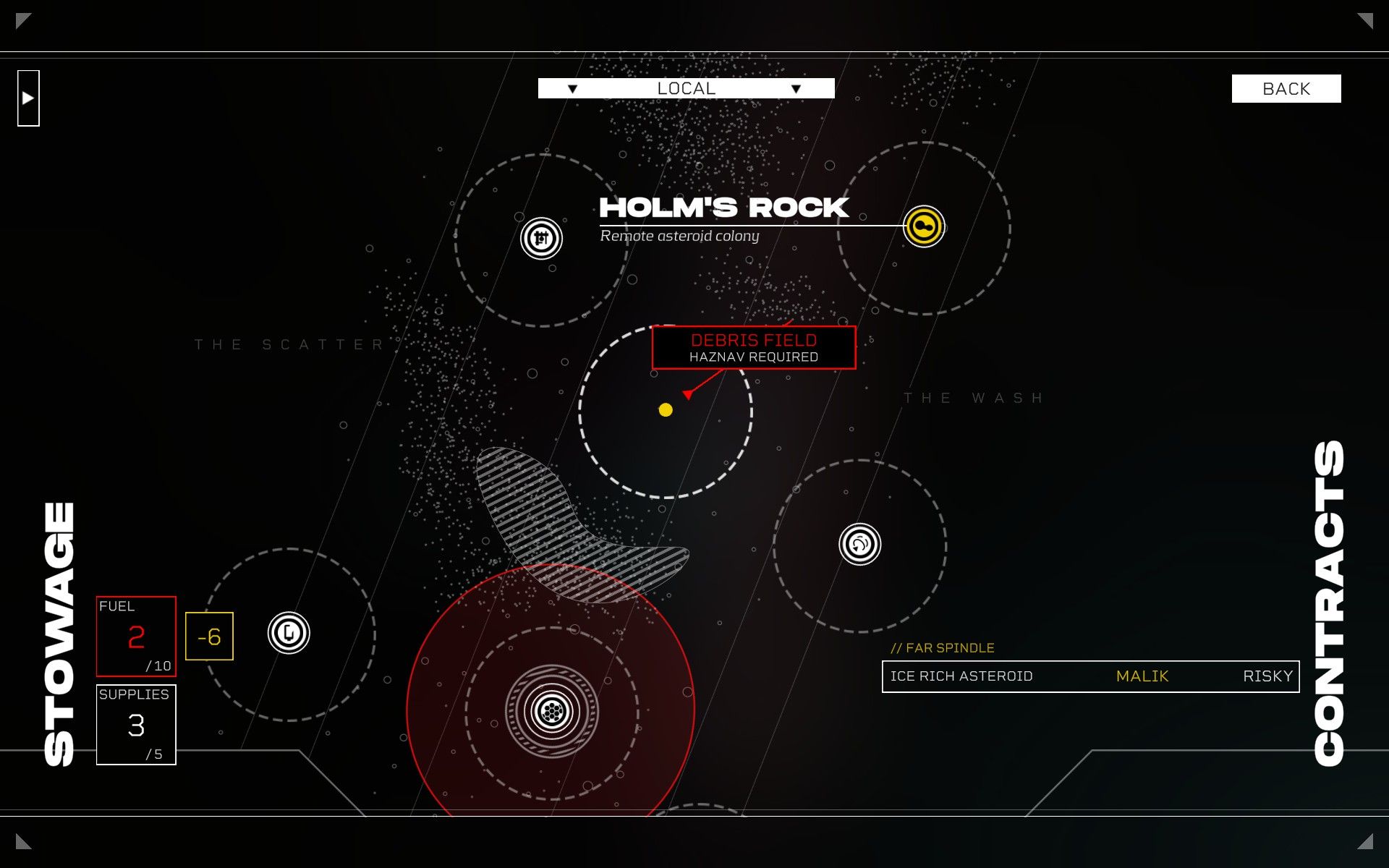
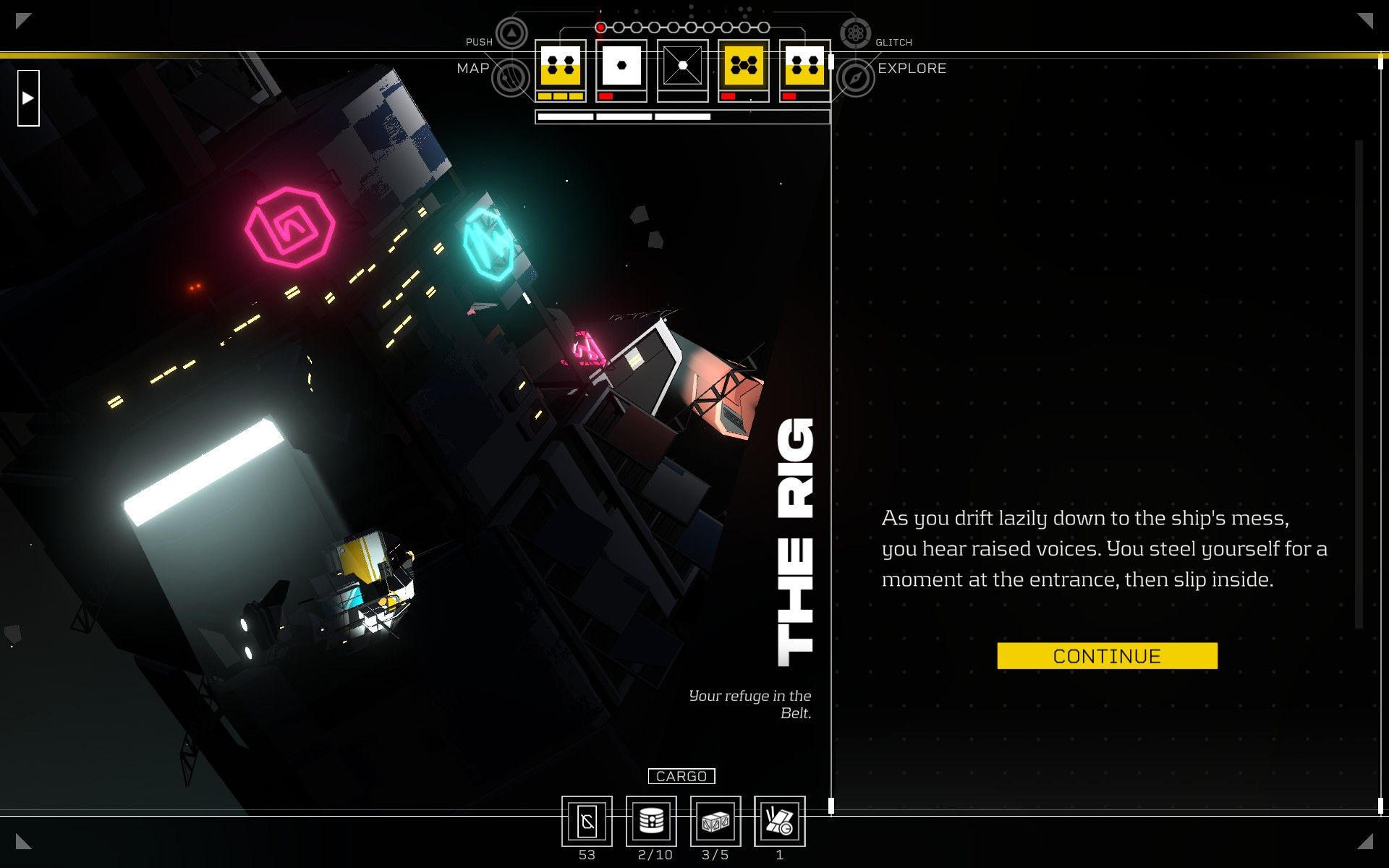
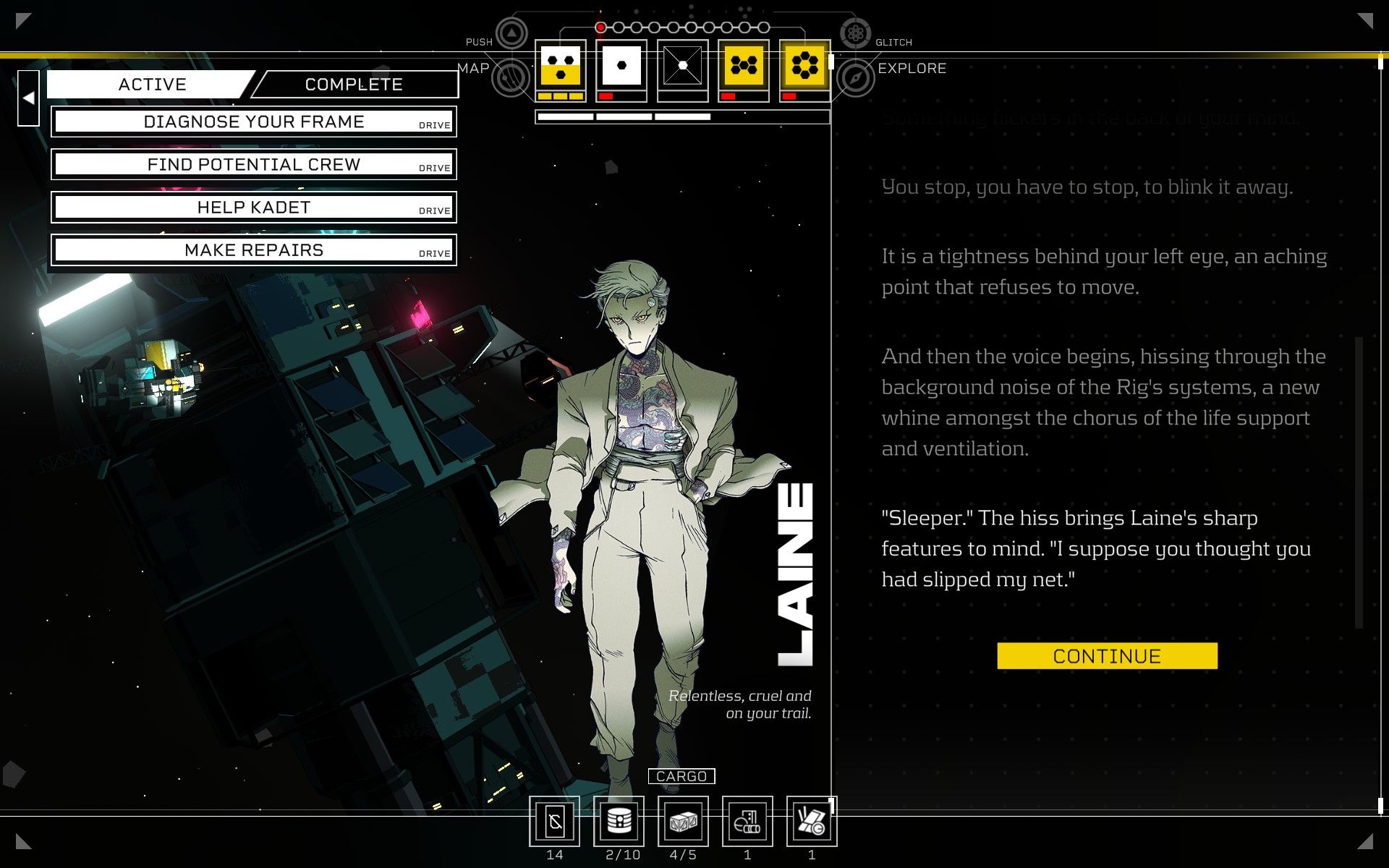
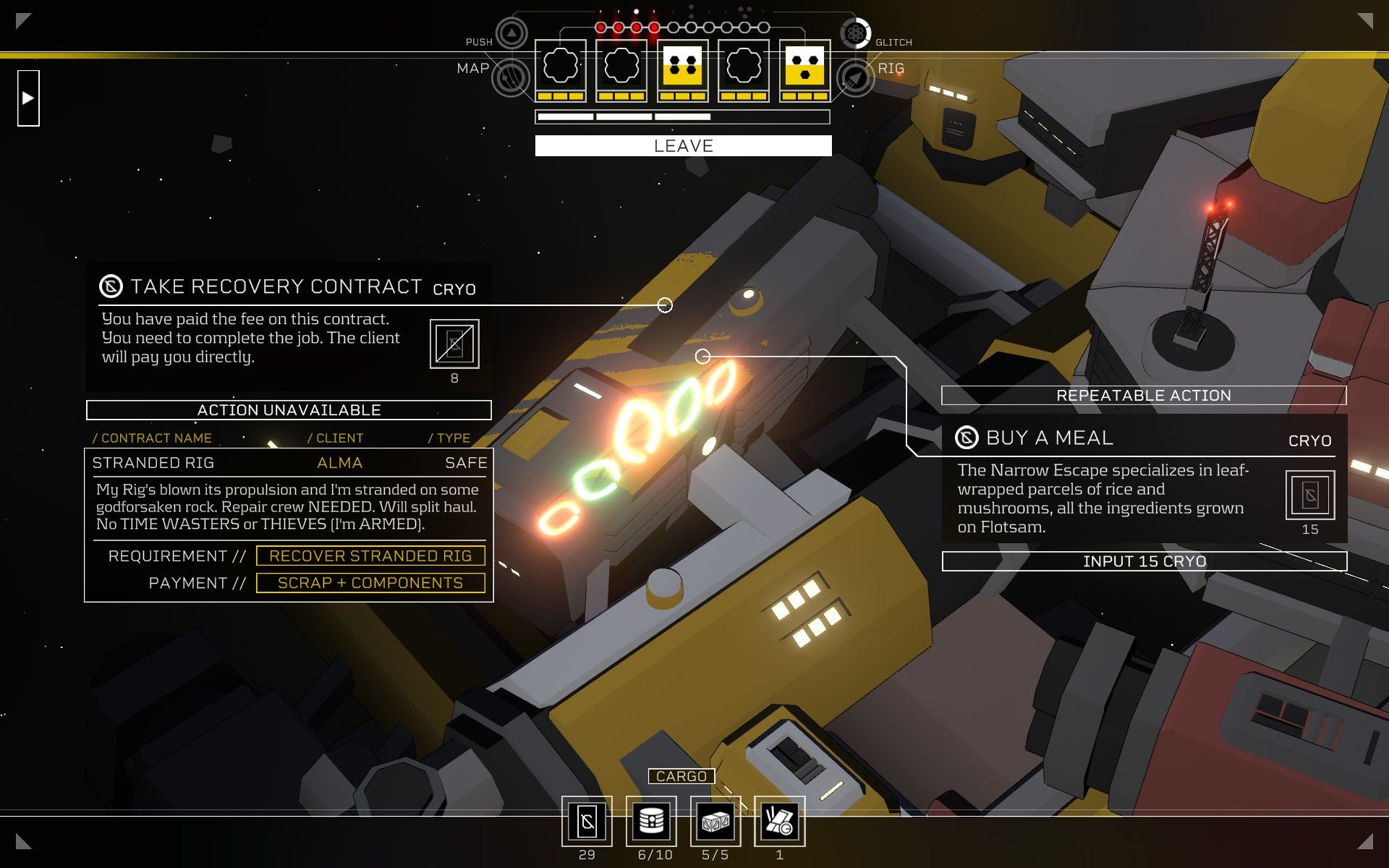
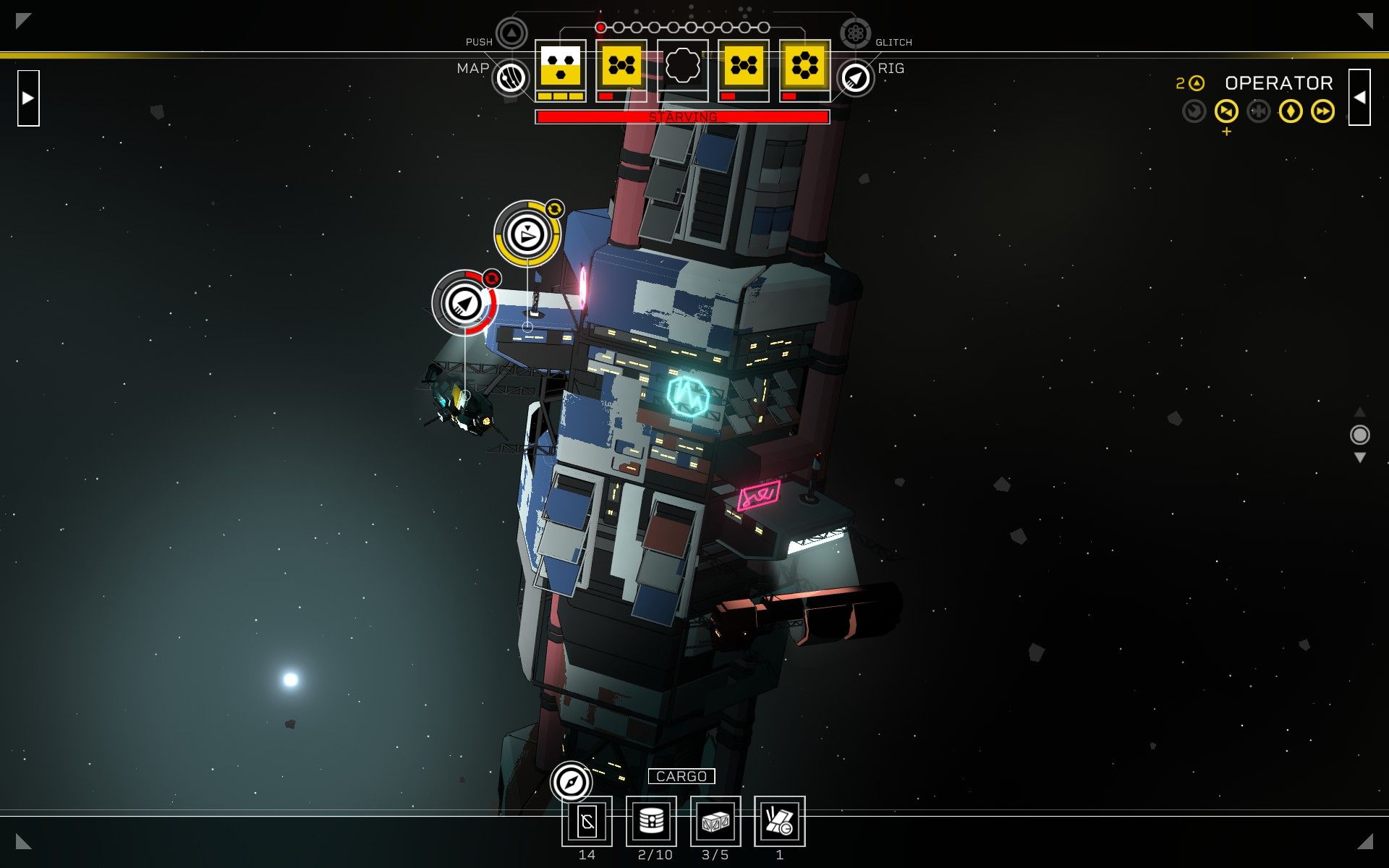
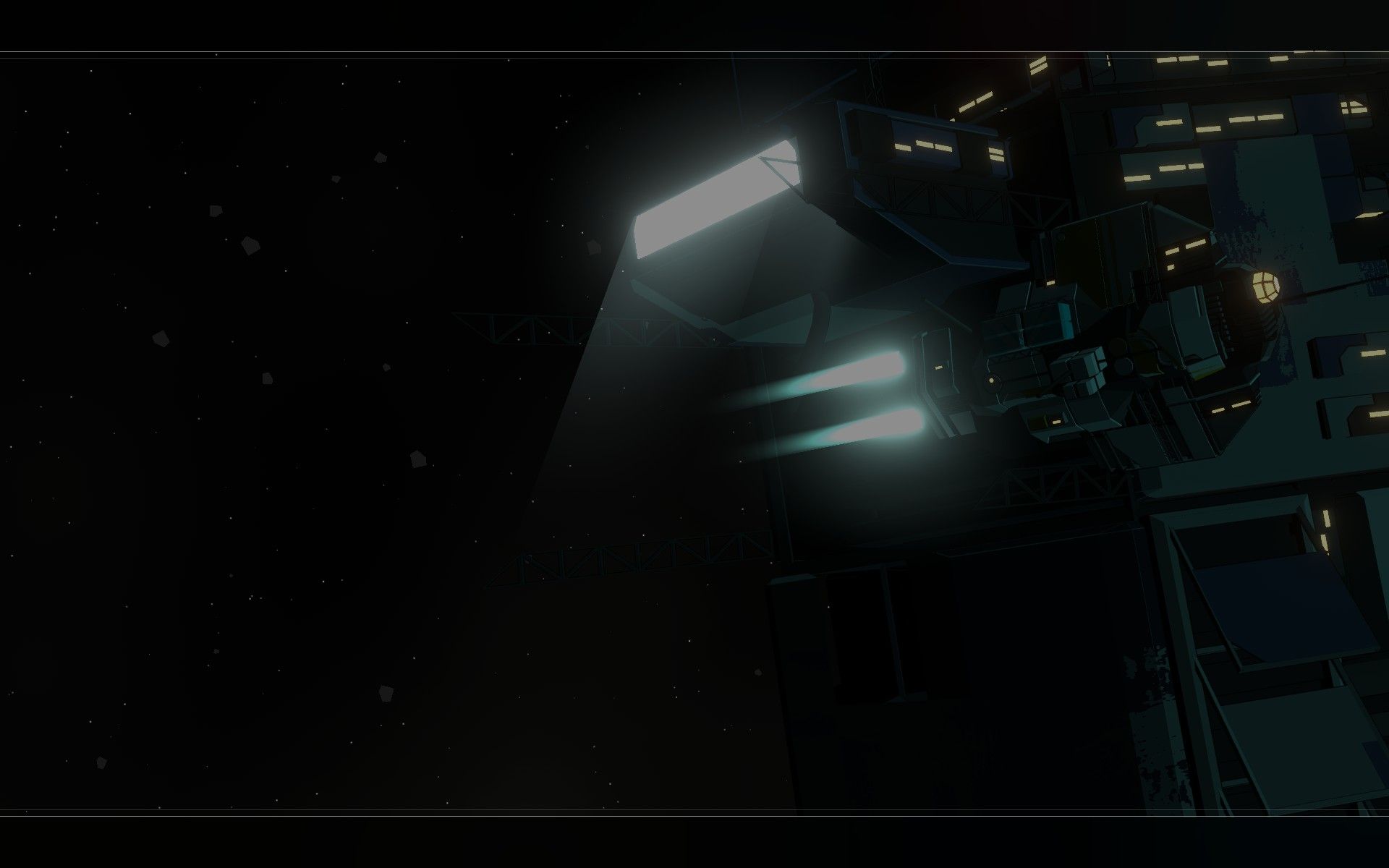
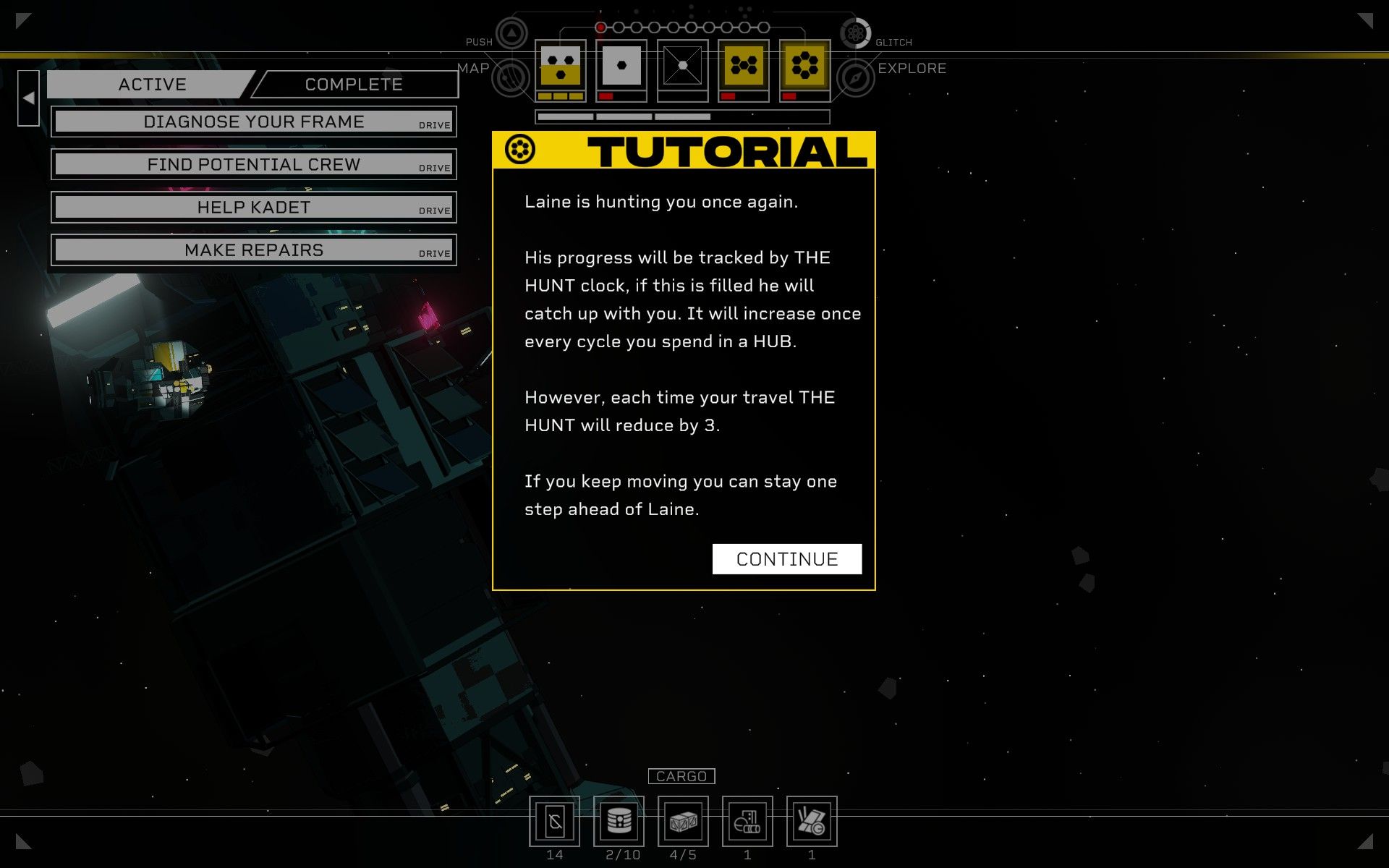
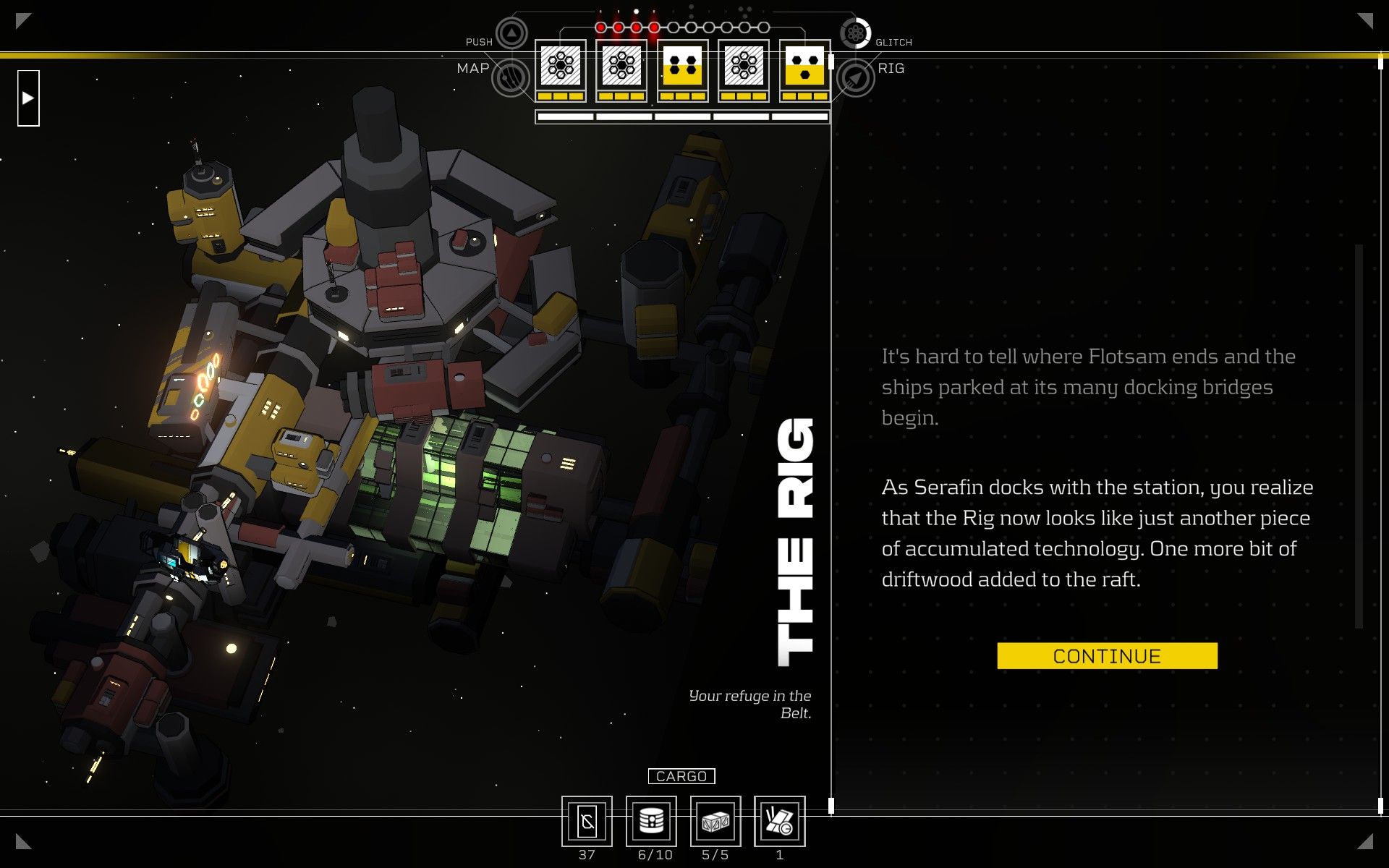
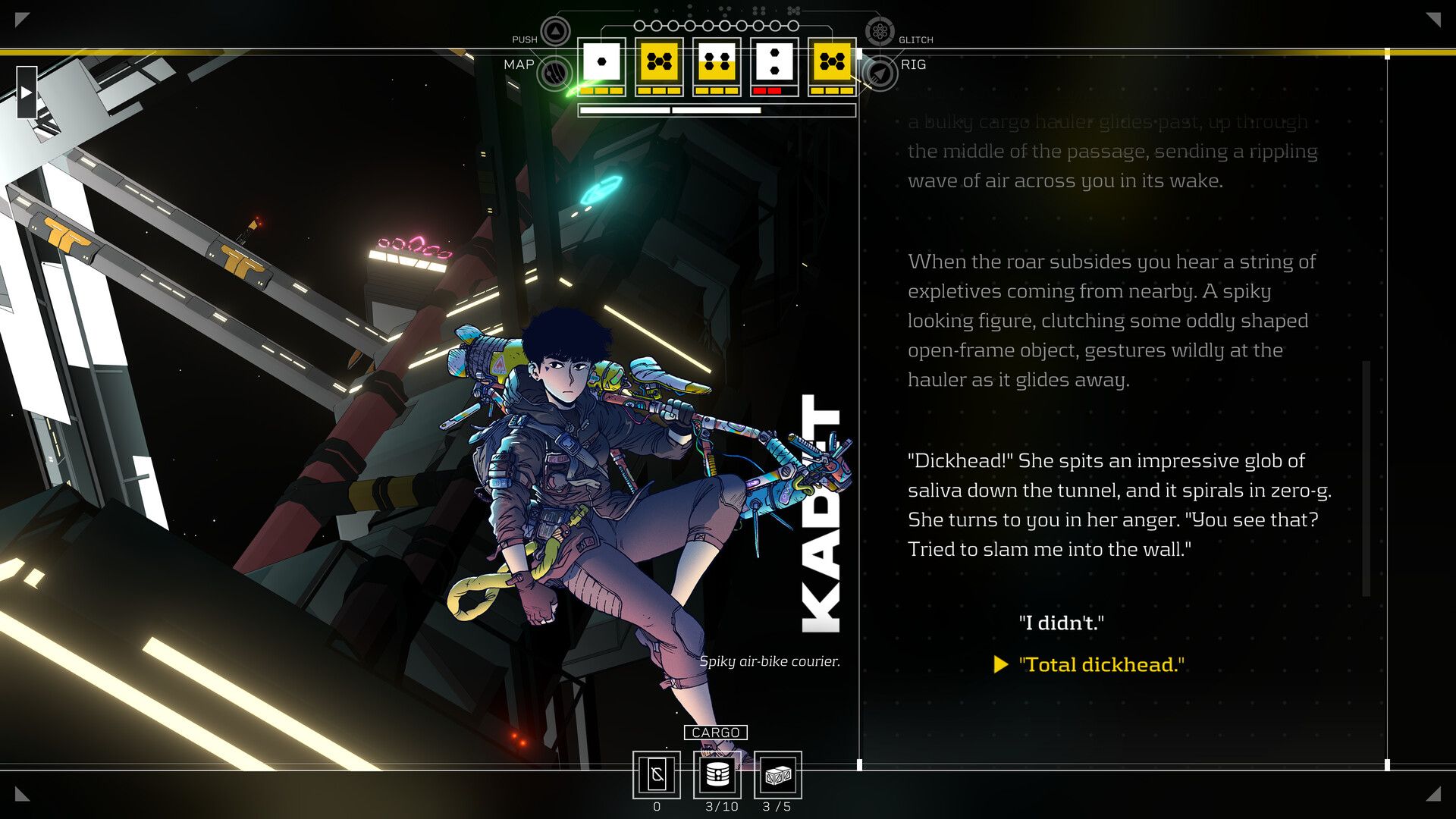
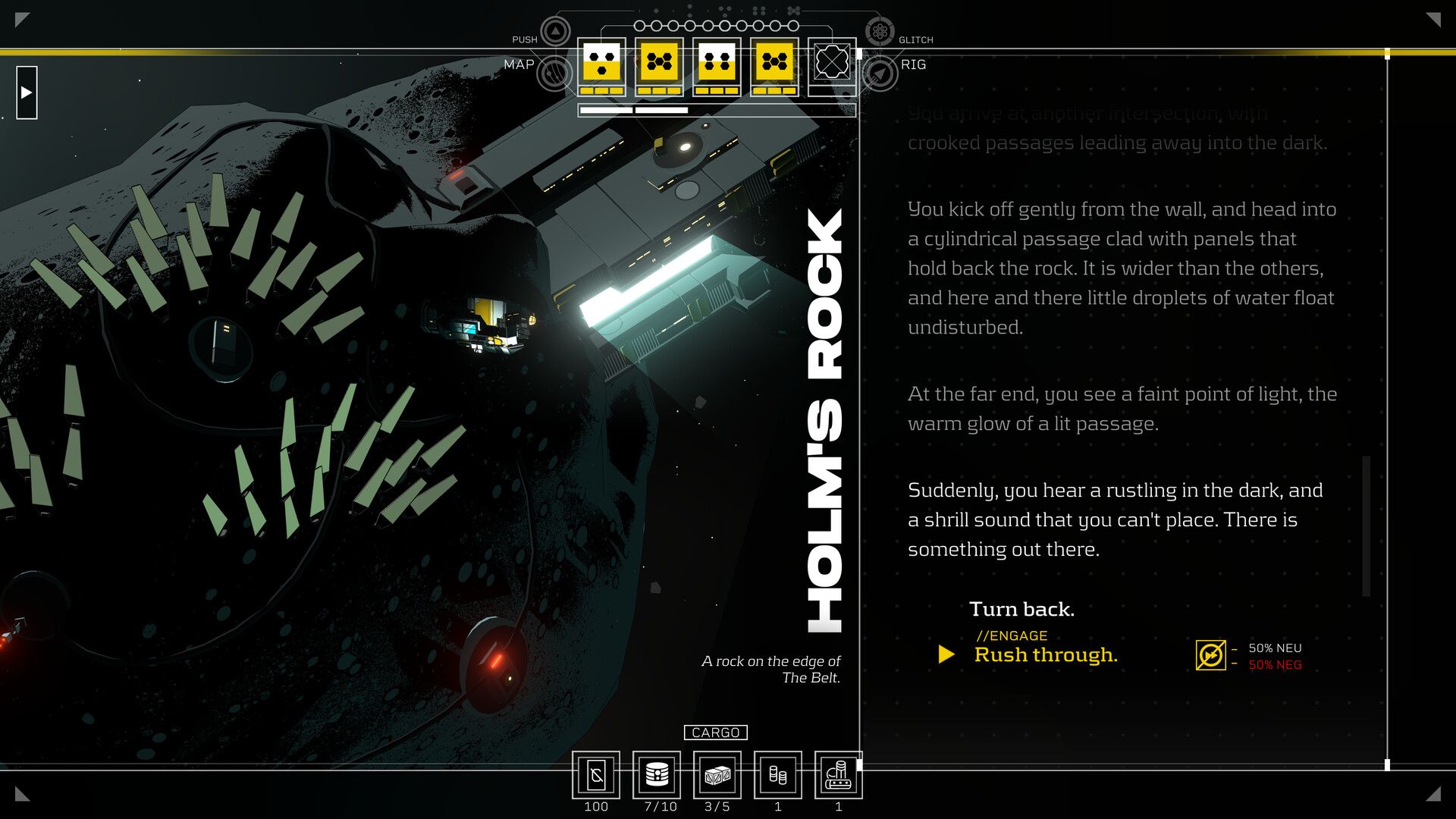
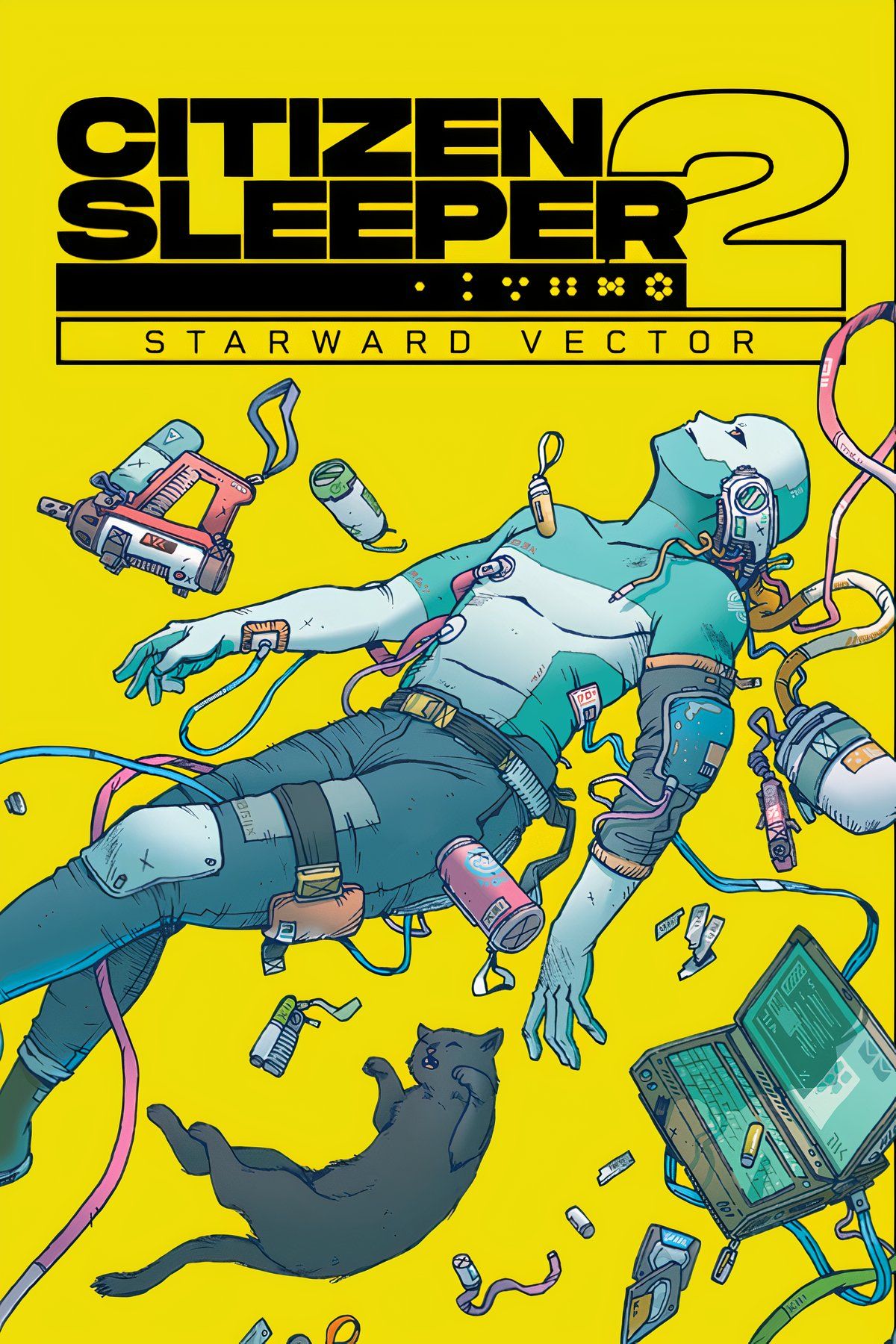
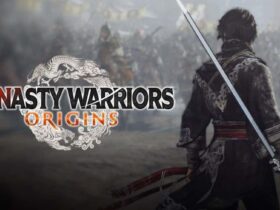

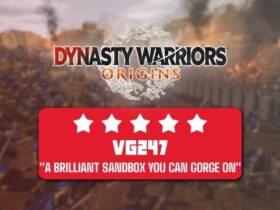
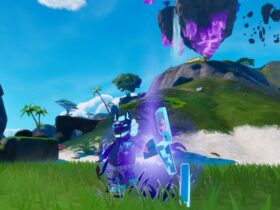
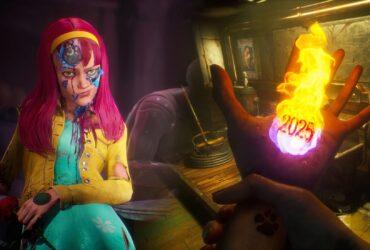

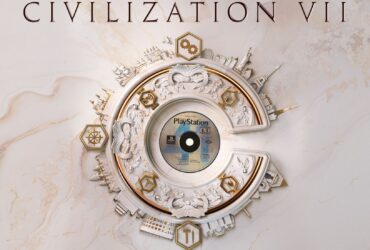


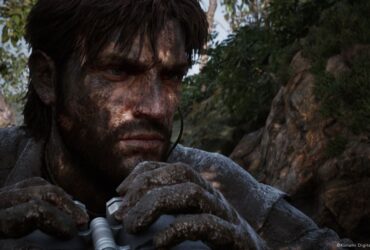
Leave a Reply